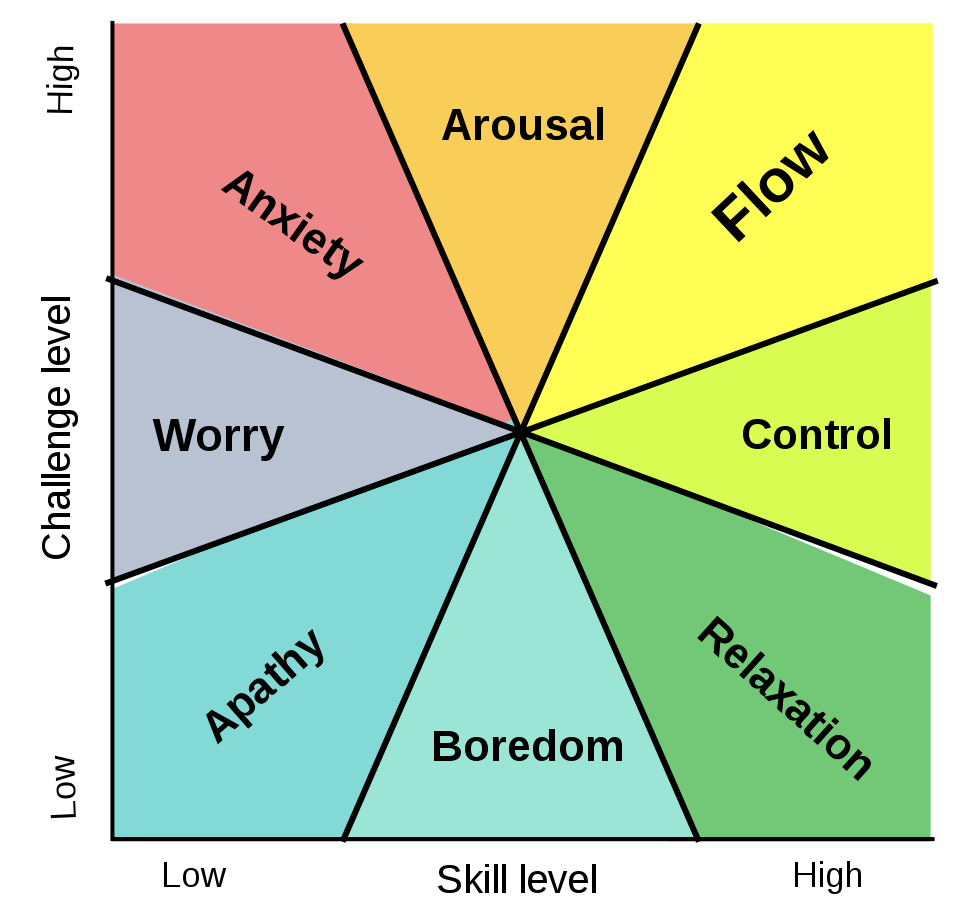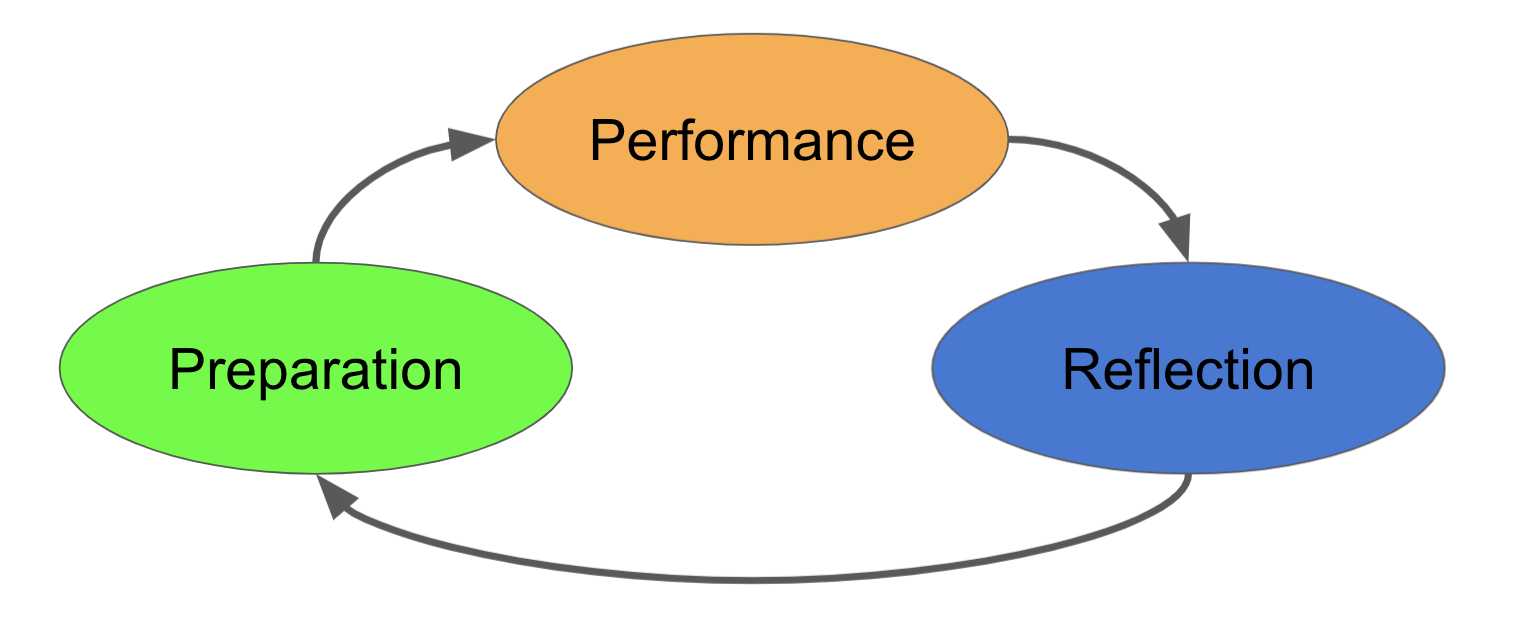Flow as a critical skill
Steven Forth is co-founder and managing partner at Ibbaka. See his skill profile here.
My favorite activities are those where I can completely merge myself with what I am doing. I am not thinking about doing the work, just doing it. For many of us, this is when we do our best work.
This state is often referred to as flow. The term was coined by by Mihály Csíkszentmihályi in the 1970s and popularized in his 1990 book Flow: The Psychology of Optimal Experience. The Flow experience is characterized by being fully immersed in a feeling of energized focus, full involvement, and enjoyment in the process of the activity. It is also associated with high performance.
Flow is most often associated with certain sports and music. Athletes refer to it as being ‘in the zone.’ My own attraction to sailing comes in part from its ability to put me into flow for hours at a time. Getting immersed in the longer/larger time-space, where actions unfold over hours and days is part of how I long to experience flow.
Flow is not limited to sports and music. Many of us experience flow in work. Many years ago, I worked as a Japanese-English translator, mostly for patents and technical documents, sometimes for critical theory and literary work. Translation can be a flow state. There is an interesting lesson here. In translation, knowledge of the two languages and the domain is only part of the story. One must also have built connections between the two languages. Once these connections are well established, which is hard work, one can enter into the flow of translation. Flow is built on many hours of hardwork and practice. It is a reward for that effort.
Some degree of creativity also seems to be part of flow. Creativity is of course a skill in its own right, and so becomes a supporting skill for flow. Creativity is laced through business and the professions. One might not think of a spreadsheet when one thinks of a creative tool that can support flow. But I have entered into flow when designing pricing models in a spreadsheet and even when building a business and revenue model. Flow can happen anytime there is skilled performance that includes creativity.
Ibbaka Manager of Customer Success Brent Ross (see his skill profile) is also an accomplished photographer. He has written about flow in his own work. For Gregory Ronczewski, Director of Product Design, the screen design can lead into flow.
Is Flow a Skill?
One way of defining a ‘skill’ is that it is something that can be improved by training and practice. Is this the case for flow? In many cases I think yes, but there are two things to consider here.
More than most skills, flow depends on its supporting skills and on the environment. Yes, this is the case for most skills. Without at least some of the supporting skills flow just does not happen. It is a kind of beginner’s mind as manifested by an expert ( a form of mindfulness). The expertise is part of flow. In many cases, it is muscle memory that enables flow. This is obvious in sports, but I also see it with design, where skilled use of the tools is required for flow. Think about something as simple as pounding a nail with a hammer. If you are thinking about the hammer and not the nail you are likely to end up with a swollen thumb.
The surprise here may be in the mediating skill, reflection. One might think that reflection would interfere with flow. And in the moment it does. But if your goal is to enter flow more often, then reflection is a critical part of the process. One sees this with top athletes of course, who spend a lot of time reviewing their performance. Doing this makes flow more likely, not less. Pausing, creating context for performance, establishing feedback loops, strengthens the overall performance cycle that flow depends on. Flow seems spontaneous, but it would be more accurate to say that it arises spontaneously from a performance cycle that includes preparation (the muscle memory, the deep domain knowledge), the performance itself, and reflection.
Flow is not completely internal. It also depends on the environment. The tools need to be at hand. The environment needs to protect from distraction and interruption. But there is something more. Some environments seem to be designed to promote, somehow, flow. I wish I better understood how to do this. If you have ideas on how to design an environment for flow please share them. This could be the physical, the social and the emotional environment.
Team Flow
Flow is not limited to individuals. It also arises in teams. Jazz musicians playing together are one example, the two people sailing the high performance sailboat above are another. (For fun, see Nokia Heavy Skiff in Heavy Wind). Team flow would add two other components into the mix, trust and communication. The communication is not just the explicit communication, like the call and response system used in top restaurant kitchens. It is also subliminal, almost like the muscle memory. More is communicated by small gestures and movements, or by a pause that may not even be noticed but that carries meaning.
People who have been on teams with flow will seek it out again. Maybe that is one reason several of us at Ibbaka have worked together on so many projects over the years.





